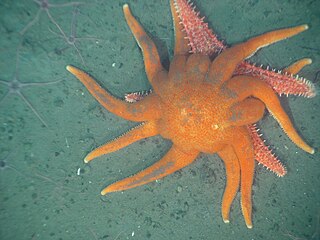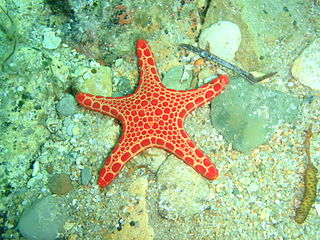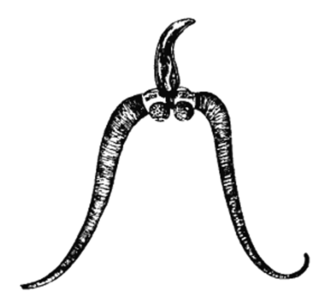| Telorchiidae | |
|---|---|
 | |
| Telorchis clemmydis | |
| Scientific classification | |
| Kingdom: | |
| Phylum: | |
| Class: | |
| Order: | |
| Family: | Telorchiidae |
| Telorchiidae | |
|---|---|
 | |
| Telorchis clemmydis | |
| Scientific classification | |
| Kingdom: | |
| Phylum: | |
| Class: | |
| Order: | |
| Family: | Telorchiidae |
Ten genera are described, classified in five subfamilies: [2]
In 2017, the World Register of Marine Species recognizes two genera: Orchidasma and Telorchis . [3]

Digenea is a class of trematodes in the Platyhelminthes phylum, consisting of parasitic flatworms with a syncytial tegument and, usually, two suckers, one ventral and one oral. Adults commonly live within the digestive tract, but occur throughout the organ systems of all classes of vertebrates. Once thought to be related to the Monogenea, it is now recognised that they are closest to the Aspidogastrea and that the Monogenea are more closely allied with the Cestoda. Around 6,000 species have been described to date.

The Valvatida are an order of starfish in the class Asteroidea, which contains 695 species in 172 genera in 17 families.

Goniasteridae constitute the largest family of sea stars, included in the order Valvatida. They are mostly deep-dwelling species, but the family also include several colorful shallow tropical species.
Cyclocoelidae is a family of trematodes in the order Plagiorchiida.

Plagiorchiida is a large order of trematodes, synonymous to Echinostomida. They belong to the Digenea, a large subclass of flukes. This order contains relatively few significant parasites of humans.

Echinostomata is a suborder of the parasitic flatworm order Plagiorchiida. The suborder contains numerous species that are parasitic in humans.

Psilostomatidae is a family of trematodes in the order Plagiorchiida. They parasitise aquatic vertebrates as definitive hosts.

Opisthorchiidae is a family of digenean trematodes. Opisthorchiidae have cosmopolitan distribution.

Heterophyidae is a family of intestinal trematodes in the order Plagiorchiida.

Bucephalidae is a family of trematodes that parasitize fish. They lack suckers, having instead a muscular organ called a "rhynchus" at the front end which they use to attach to their hosts. The characteristics of the rhynchus are used to help define the genera of the family. It is one of the largest digenean families, with 25 genera containing hundreds of described species. Bucephalids are cosmopolitan, having been recorded all over the world. They are parasites of fish from freshwater, marine, and brackish water habitat types.
Apocreadiidae is a family of parasitic worms in the class Trematoda.

Opecoelidae is a family of trematodes. It is the largest digenean family with over 90 genera and nearly 900 species, almost solely found in marine and freshwater teleost fishes. It was considered by Bray et al. to belong in the superfamily Opecoeloidea Ozaki, 1925 or the Brachycladioidea Odhner, 1905.
Telorchis is a genus of trematode parasites found in many herps, comprising around 70 species. This parasite is an indirect parasite, with a snail intermediate host and a reptile or amphibian definitive host. Typically found in the gastrointestinal tract of their definitive host, telorchids attach to the wall of the intestinal tract with their ventral sucker, or acetabulum.

Microcotylidae is a family of polyopisthocotylean monogeneans. All the species in this family are parasitic on fish.
Philophthalmidae is a family of trematodes in the order Plagiorchiida.

Lepocreadiidae is a family of trematodes in the order Plagiorchiida.
Azygiida is an order of flatworms belonging to the class Rhabditophora.

Dicrocoeliidae is a family of flatworms belonging to the order Plagiorchiida.
Sclerodistomidae is a family of trematodes belonging to the order Plagiorchiida.
Gorgodera is a genus of flatworms belonging to the family Gorgoderidae.